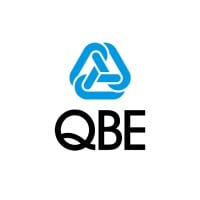
Bajaj General Insurance
Bajaj General Insurance Limited (formerly known as Bajaj Allianz General Insurance Company Limited) is one of India’s leading, most trusted and dynamic private general insurance companies. It is a subsidiary of Bajaj Finserv Limited, India’s leading and most diversified financial services group. Bajaj General offers a broad portfolio of innovative and customer-focused insurance solutions, spanning motor, health, and home insurance, along with specialised products such as pet insurance, wedding insurance, event protection, cyber insurance, and rural insurance. Established in 2001, the company has grown its footprint to nearly 1,500 towns and cities across India, ensuring easy access and a close connection to its customers. With a strong legacy, a forward-looking mindset, and an unwavering focus on its ‘Customer-First’ philosophy, Bajaj General remains committed to protecting what matters most, empowering individuals, families, and businesses to live with confidence and peace of mind.






